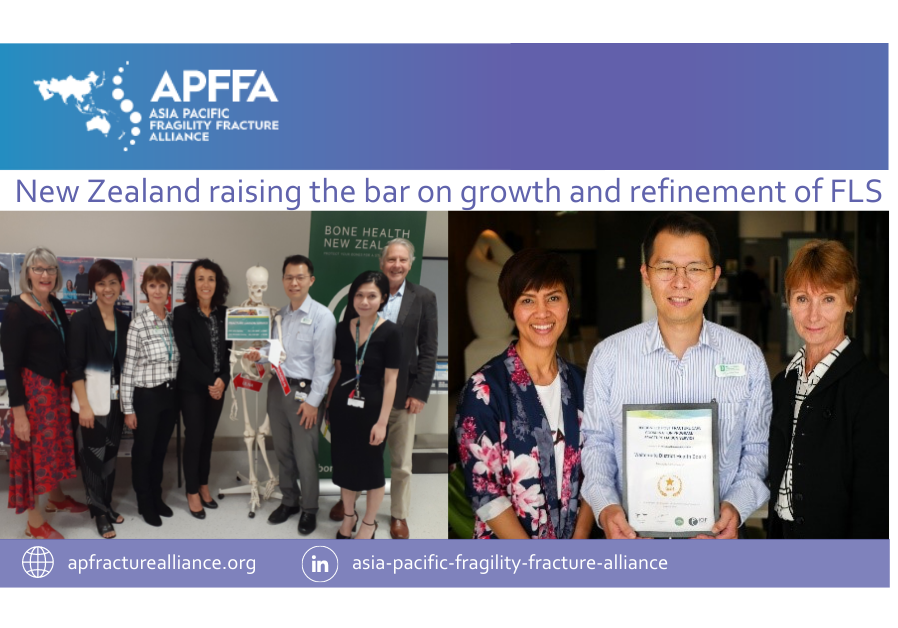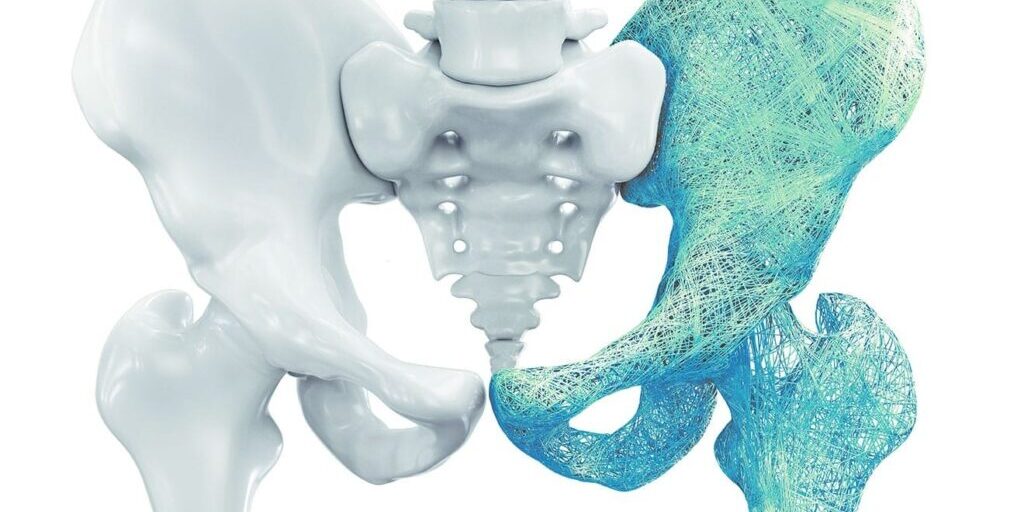During the pandemic year 2020, New Zealand’s Fracture Liaison Service (FLS) expanded and consolidated to deliver better, broader, secondary fracture prevention in order to minimise the burden of fragility fractures afflicting its ageing population, outlines a new article.
The New Zealand Medical Journal article, Expansion and consolidation of fracture liaison service in New Zealand public healthcare setting – Waitematā District Health Board Experience, describes the service delivery of the FLS at the Waitematā District Health Board (WDHB) for 2020, and how the service evolved in recent years. While FLS services are prevalent in almost all district health boards, the Accident and Compensation Corporation (ACC) confirmed it will provide funding support to those FLSs both willing, and able to deliver secondary fracture prevention by the International Osteoporosis Foundation’s (IOF) Capture the Fracture® (CTF) Best Practice Framework.1 Osteoporosis New Zealand (ONZ), in partnership with ACC, has also committed to providing practical and strategic support to those FLSs that are willing to participate in service improvement to attain CTF Best Practice recognition.
According to the article’s authors, they are now identifying a substantially larger number of fragility fracture patients by having adopted several additional methods of patient identification. In addition, they are providing more streamlined, and comprehensive management for identified patients. More recently “we started to perform follow-up to ensure treatment initiation and adherence in those needing to be treated. In late 2020, on the basis of our 2019–2020 work, we attained Gold Star recognition from the IOF CTF program,” the authors said.2
The authors reviewed and analysed the WDHB FLS database, and identified and assessed 1,225 patients. The authors either directly initiated anti-osteoporosis medication (AOM) (256); recommended starting AOM with the patient’s GP (477); or recommended continuing, or switching to a different AOM (441) in the vast majority (1174 = 95.8%). In the remaining 51 patients, AOM was either deemed unnecessary (owing to relatively young age and good DEXA indices), or the patient refused it. Three hundred and thirty dual-energy X-ray absorptiometry (DEXA) scans were arranged by FLS, and 79.5% were found to be either osteoporotic (32.9%), or osteopenic (46.6%).
The authors started conducting 4-month follow-ups in late 2019. While this has proven resource-intensive, they believe it is a key element of a mature FLS; ensuring administration of AOM where indicated is a core FLS activity. More recently, the authors also started to conduct 12-month follow-ups with the intention to ensure treatment adherence in those who are expected to be on treatment, and also to identify re-fracture. Ensuring administration of repeat IV zoledronic acid doses at appropriate time intervals remains a challenge, they explained.
Referral of high-risk cases to a falls prevention program has been another important addition to the service delivery in recent years, although there is room for improvement. The inherent challenges of Covid-19 improvisation in certain aspects of the service delivery was inevitable, though it appears not to have compromised patients’ perception of the service provided. In fact, to the contrary, with high levels of patient satisfaction recorded, according to the results of a survey. Dedicated administration staff assisted with data entry and other administrative duties with clearly defined terms entered into the database, to ensure accurate, consistent, and complete data entry, the authors said.
The core elements of a successful FLS implemented included: dedicated FLS coordinators who engaged in regular discussions with clinician(s) with expertise in osteoporosis medicine; ongoing funding; close liaison with the orthogeriatrician who cares for older, acute hip fracture patients; regular dialogue with orthopaedic, radiology and bone density provider colleagues; monthly service meetings with a supportive service manager; FLS clinical meetings to discuss challenging cases; attending professional development events for the clinical staff; and strategic support and guidance from ONZ that has given the article’s authors “a sense of direction” in driving service improvement over the years. Notably, WDHB FLS’s biggest challenge has proven insufficient, full-time equivalent staff to perform all key aspects of FLS work.
“I am delighted that our fracture liaison service continues to lead the way in pursuing excellence in secondary fracture prevention in New Zealand. I would like to take this opportunity to acknowledge all the hard work that has gone into improving our service over the years by our dedicated staff,” said Lead author and endocrinologist, Dr David Kim, Auckland.
“I also really appreciated the help and support from the hospital management and the Osteoporosis New Zealand team who made it possible for our service to continue to grow, and mature. With palpable progress being made lately in many fracture liaison services throughout New Zealand, I firmly believe that our small success story is only the beginning of bigger and better things to come for secondary fracture prevention in this country,” Dr Kim concluded.





